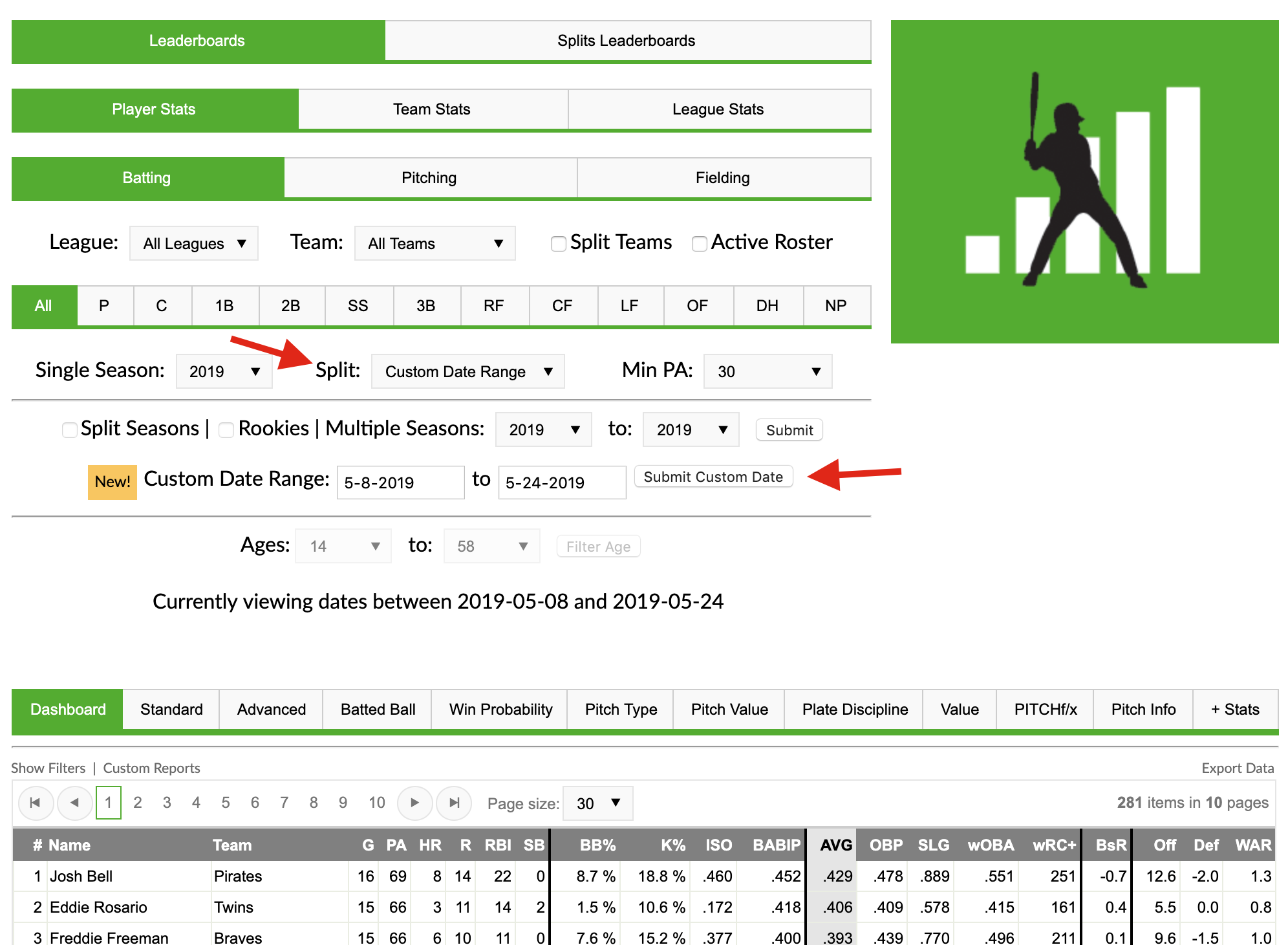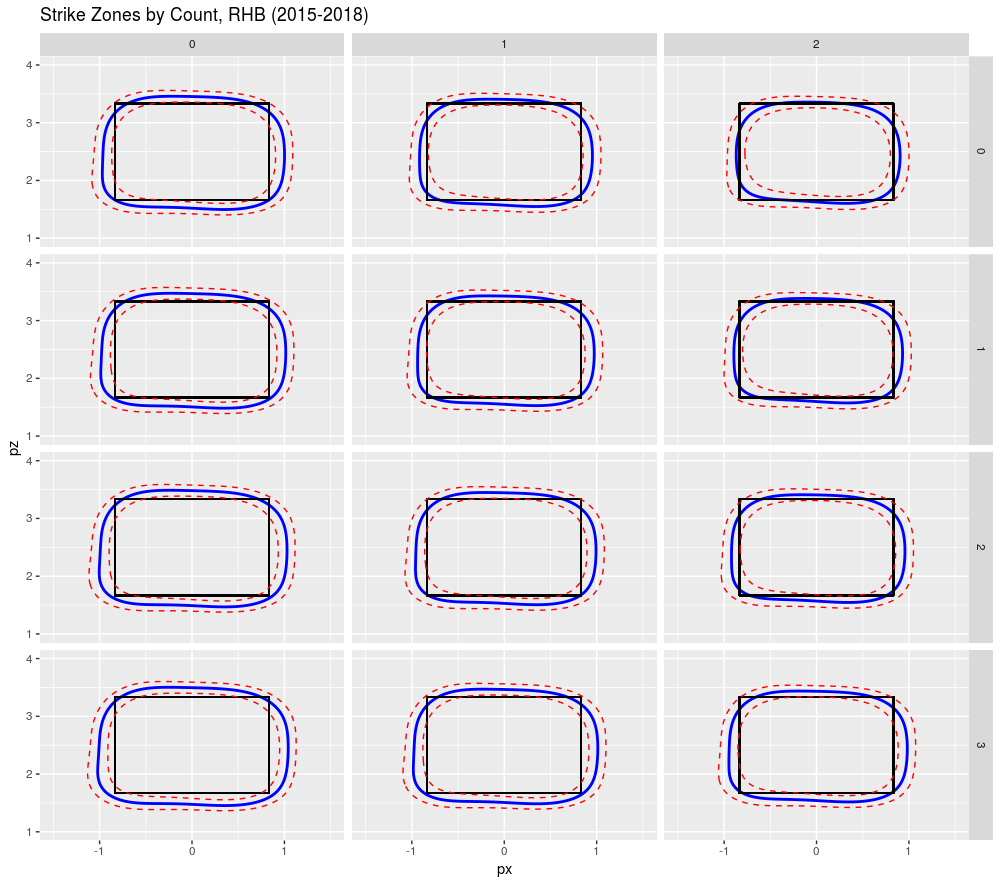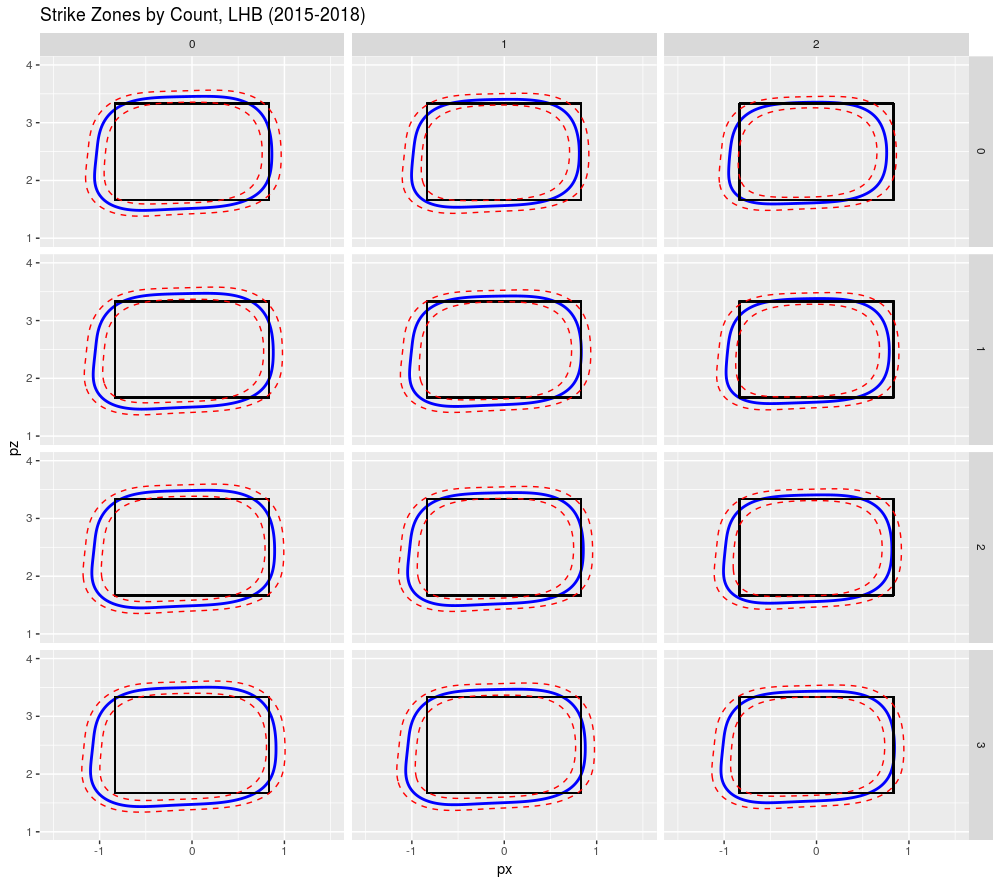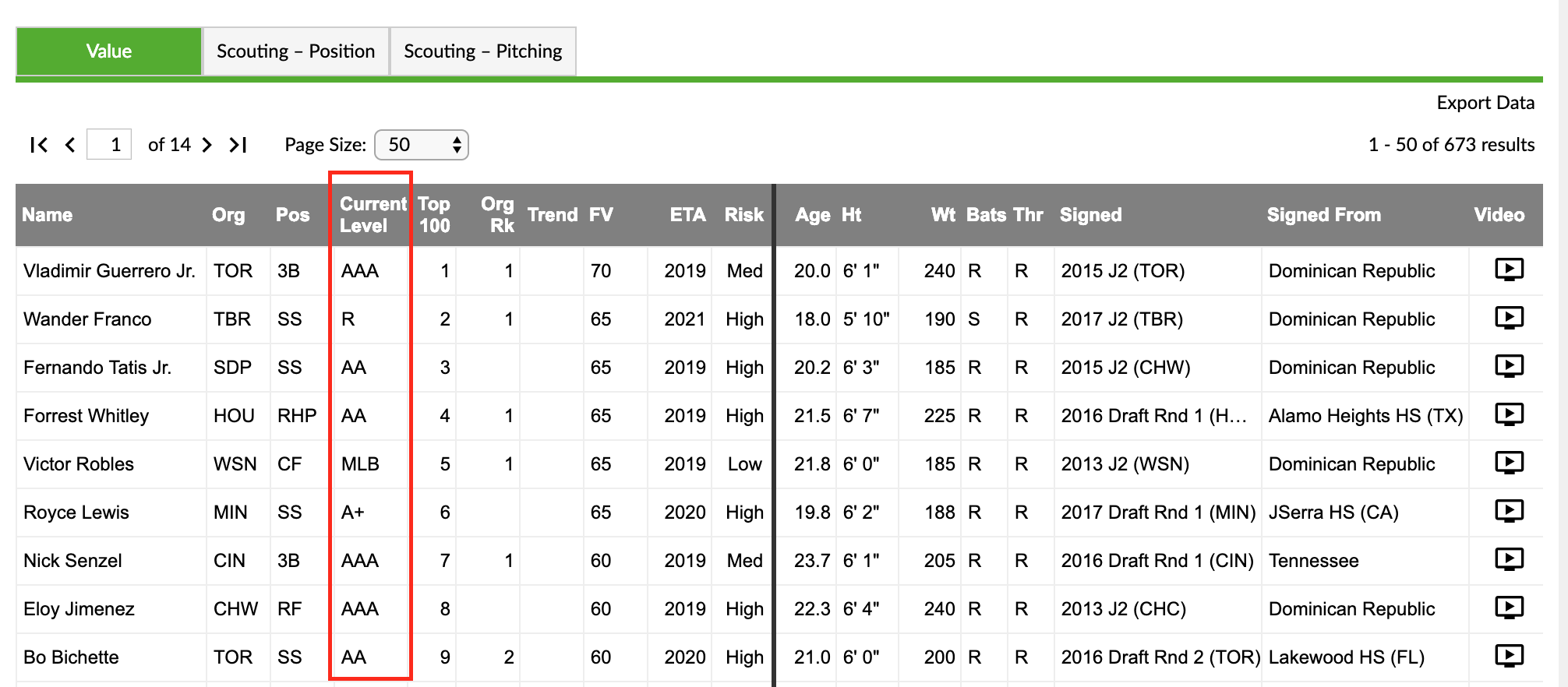In January, we put out an open call for contributing writers. The response we received was overwhelming. Over 500 people submitted applications, and we are very grateful that so many smart, passionate baseball writers wanted to be a part of what we do here. It made for some really difficult decisions (and a rather long hiring process), but we are very excited to welcome six new contributors to our ranks.
A quick note to those who applied but weren’t hired: please keep writing. A number of people who have come to work for the site weren’t hired on their first go, but kept getting reps elsewhere on their way to making us regret having passed them by initially. Just because there wasn’t a home for you at FanGraphs this time around doesn’t mean that there won’t be one later, and in the meantime, public baseball analysis will be made better by your good words and good work.
And so, without further ado, allow me to briefly introduce the writers whose work will be debuting on these electronic pages soon.
Rachael McDaniel
Rachael has written at Baseball Prospectus, Vice Sports, and The Hardball Times, authoring work encompassing a whole range of baseball topics past and present. Rachael is currently in the creative writing program at the University of British Columbia in Vancouver, and following the conclusion of the academic year, will assume the role of managing editor of The Hardball Times in addition to writing at FanGraphs as a contributor.
Twitter handle: @rumhamlet
Devan Fink
Devan has spent the last two years as a featured writer at Beyond the Box Score and the previous four years blogging for his own website, Cover Those Bases. He loves analyzing the latest current events and trends in baseball, ranging from the most minute aspects of the game to the largest, most impactful tendencies league-wide. Outside of baseball writing, Devan is currently a senior at James Madison High School, where he serves as an editor-in-chief of the school newspaper, The Hawk Talk, and as the captain of the debate team. He will be attending Dartmouth College next fall, where he plans to study quantitative social science. Devan resides in Northern Virginia with his parents, brother, and his four-year-old cockapoo, Ike.
Twitter handle: @DevanFink
Sung Min Kim
Originally a broadcast journalism student at Maryland, Sung Min took a sports writing class as a fun elective and went from there. Since his debut at The Hardball Times, he has been writing about the Yankees at River Avenue Blues. He has also written about Asian baseball for publications like VICE Sports, The Sporting News, Baseball Prospectus, and The Athletic. Sung Min will explore different aspects of Asian baseball while also writing about major league subjects.
Twitter handle: @sung_minkim
Ben Clemens
Cardinals fans may recognize Ben as a writer from Viva El Birdos. He always wanted to play baseball and be a famous writer growing up — he got ‘baseball’ and ‘writer’ at least, though he’s still working on ‘play’ and ‘famous.’ Working in financial markets made him interested in the decision-making and game theory aspects of baseball; he’s now answering the truly important questions, like whether Matt Carpenter should swing more on 3-0. He lives in New York but will soon be moving to San Francisco.
Twitter handle: @_Ben_Clemens
Audrey Stark
Audrey attended her first MLB game in June 2003 with her Girl Scout troop. While watching Albert Pujols through binoculars from an upper section of Busch Stadium II, she realized that baseball was the best sport on the planet. Audrey began writing for SBNation in 2016 at Beyond the Box Score; she has also contributed to Viva el Birdos and Federal Baseball. She has a degree in political science.
Twitter handle: @HighStarkSunday
Octavio Hernandez
Once a beat writer in the Venezuelan Winter League before becoming the assistant GM for Leones del Caracas in that same league, Octavio currently works for Diablos Rojos del Mexico as the chief of the Advanced Metrics department. Now he’ll return to his roots as a writer, focusing on Latin American major league players along with providing some insight into what’s going on in the Mexican League and the Caribbean Winter Leagues. He is a man with a mission: to help Latin American baseball get on board with advanced metrics. He hopes you will join him on his ride.
Twitter handler: @octaviolider
You’ll begin to see work from these six writers appearing at FanGraphs soon. We hope you’re as excited for them to get going as we are.





